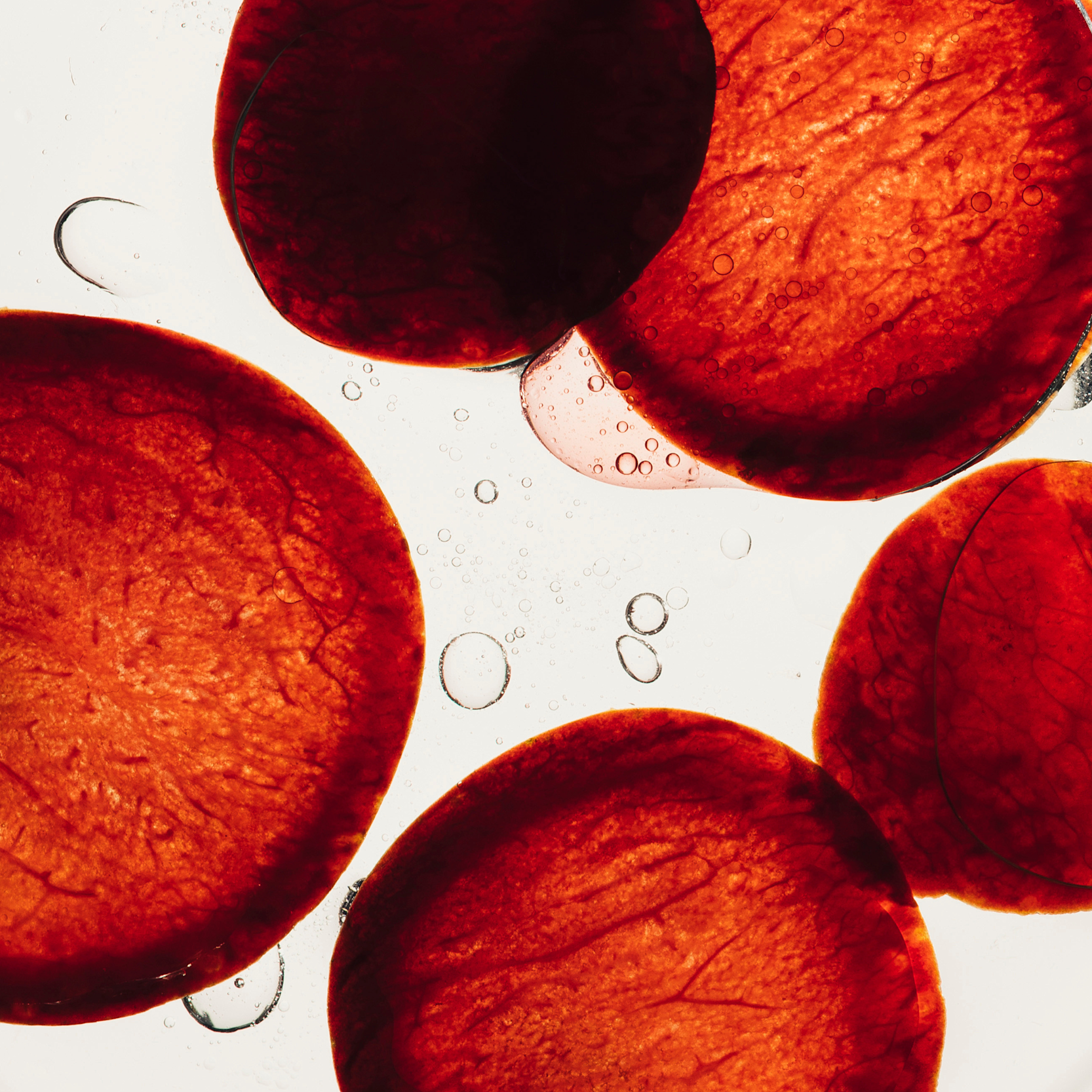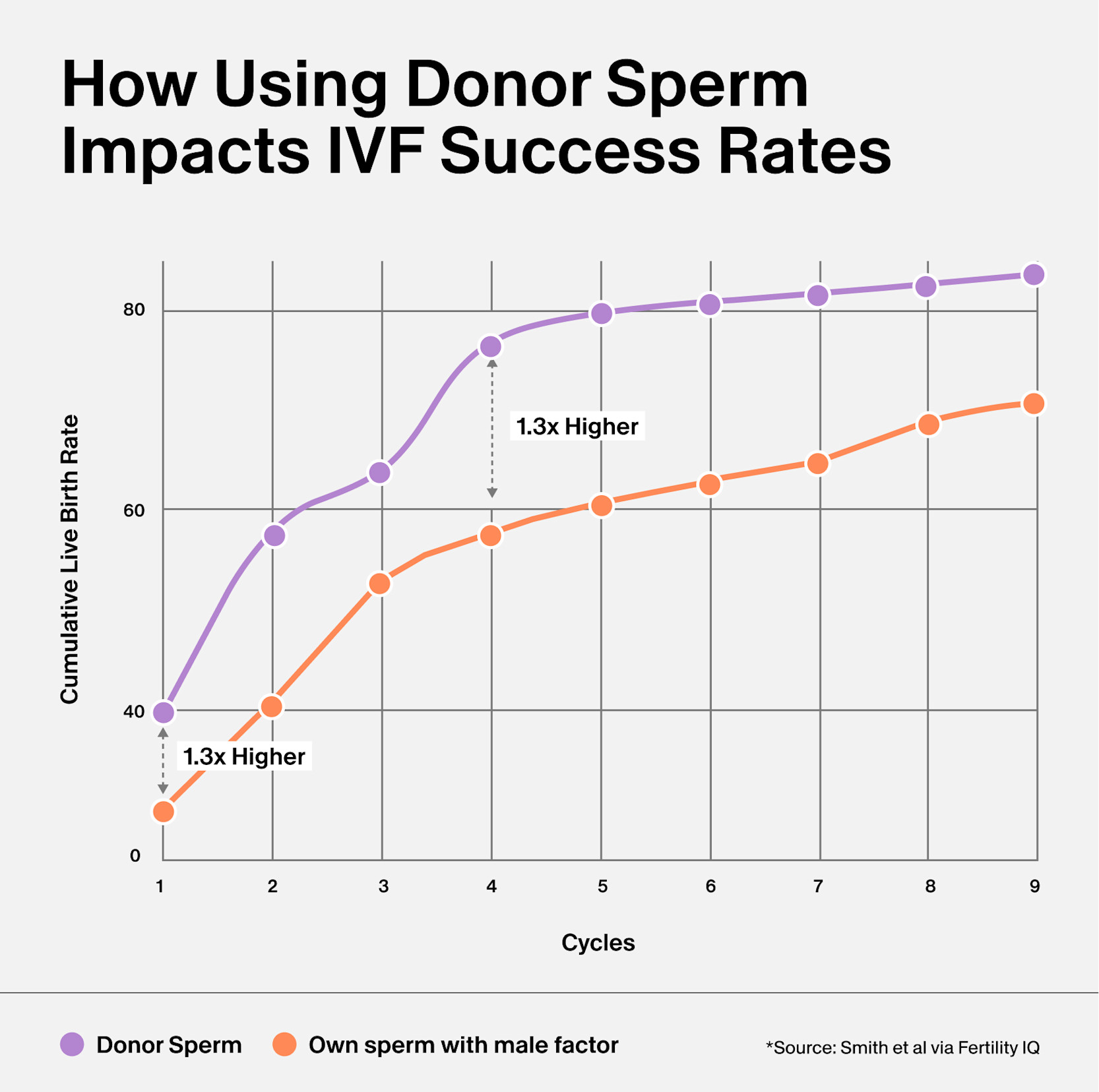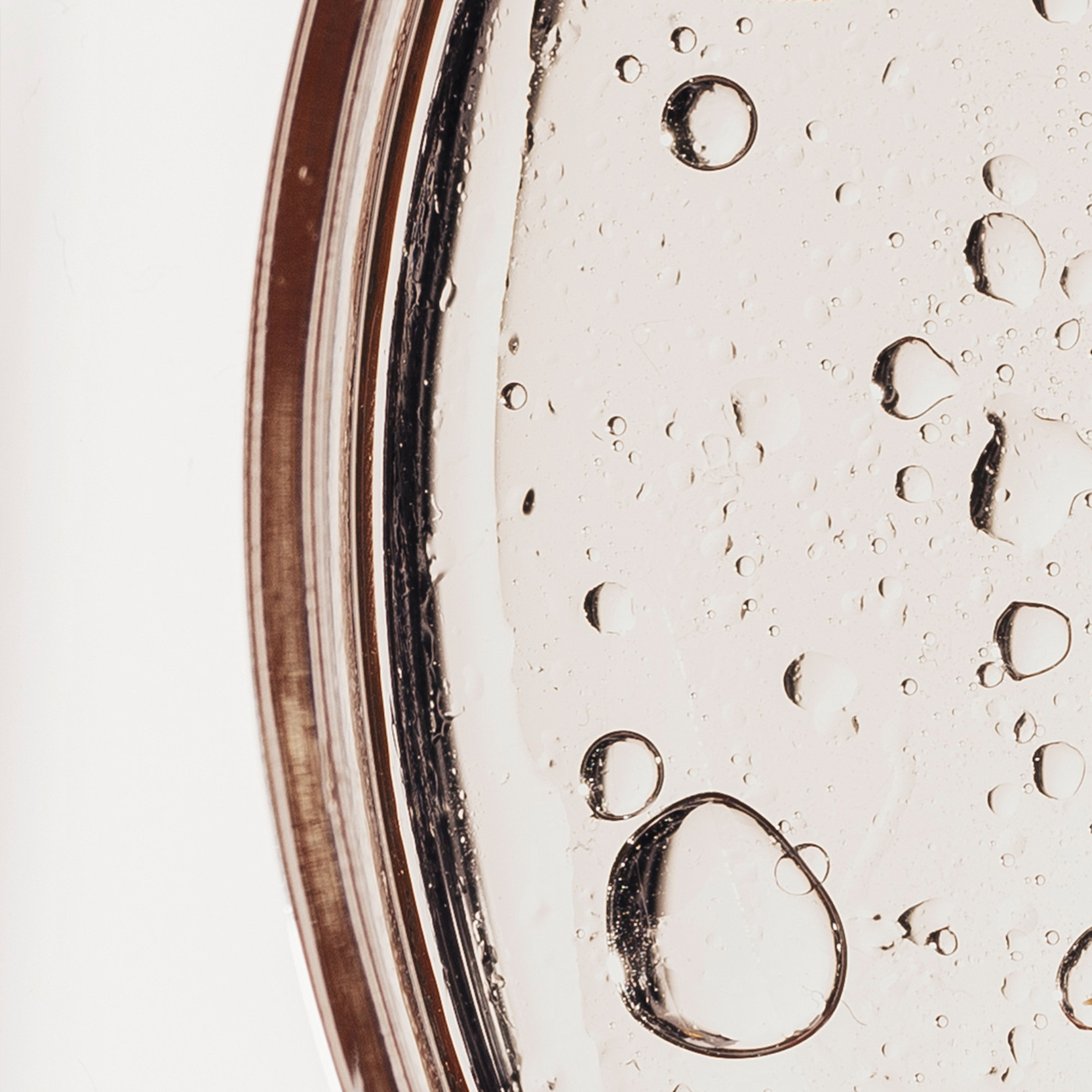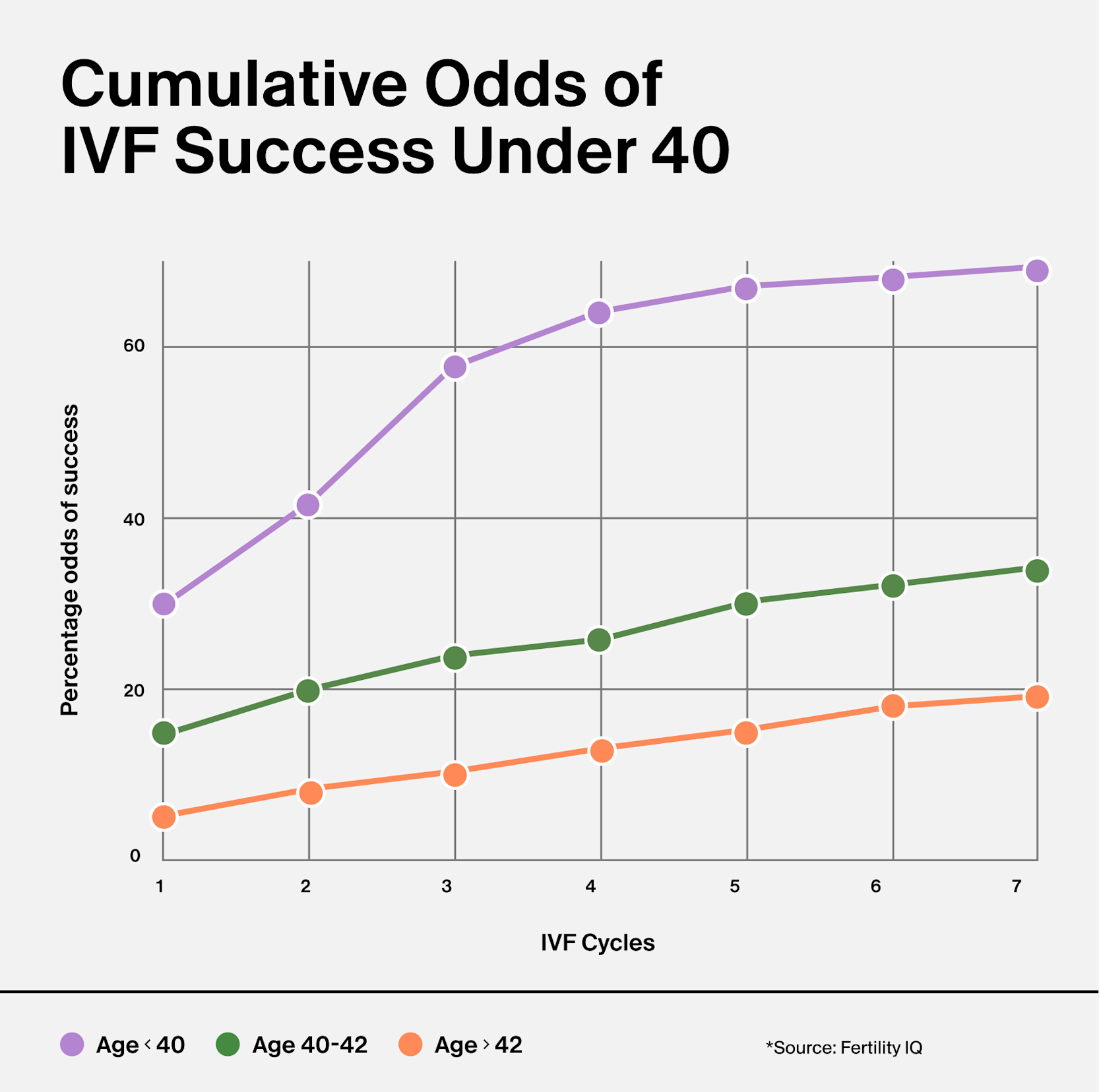Explore
Filter by Category
All Fertility TreatmentsHormone HealthMind and BodyResearch and NewsPlaylistsFertility Treatments

Your guide to optimal ranges for baseline hormones
Received your baseline lab results with little explanation? Here's your guide to optimal ranges:
FSH
What is FSH: Follicle-stimulating hormone is produced by the pituitary gland (the master endocrine gland) and plays a key role in stimulating follicles and supporting ovarian function. Baseline levels help assess whether FSH is effectively communicating with the ovaries.
Best day to test? Cycle days 2-4, with day 3 being ideal
Optimal: 3–5 mIU/mL
Good: 6-9 mIU/mL
Further Investigation: > 12 mIU/mL
Note: It’s important to consider FSH and E2 together due to their inverse relationship, as well as the FSH:LH ratio—a key PCOS marker.
LH
What is LH? Luteinizing hormone is produced by the pituitary gland. While FSH supports follicular development, LH plays a critical role in triggering ovulation. Because LH is part of a feedback loop with FSH and E2, healthy LH levels—measured alongside the others—can provide clues about early ovarian activity, PCOS, and possible hypothalamic or pituitary dysfunction.
Best day to test? Cycle days 2-4, with day 3 being ideal
Normal range: 1.9-12.5 mIU/mL or <7 mIU/mL on day 3
Estradiol (E2)
What is E2? E2 is the primary form of estrogen in non-pregnant women of reproductive age. Maturing follicles produce rising E2 levels, which suppress FSH and signal an increase in LH. E2 supports numerous functions, including menstruation, ovulation, and the proliferation of the uterine lining. It also protects the vaginal and gut microbiome.
Best day to test? Cycle days 2-4, with day 3 being ideal
Normal baseline range: 25-75 pg/ml (or less than 80 pg/ml)
Range at time of HCG trigger (IVF cycle): 1000-4000 pg/ml
Note: Low E2 can falsely elevate FSH, while high E2 can falsely lower it. E2 and FSH should always be interpreted together.
AMH
What is AMH? Anti-Müllerian hormone is produced by granulosa cells of small growing ovarian follicles. AMH is used to estimate ovarian reserve and guide IVF stimulation protocols, but it does not predict natural fertility status or egg quality.
Best day to test? Any day of the cycle (or alongside day 3 labs for convenience)
Normal range: >1 ng/mL is good; >3 ng/mL may be considered high
Note: AMH is age-dependent, and optimal ranges vary. Many studies—including those published by the NIH and ASRM—have found that AMH is not a predictive value for natural pregnancy and that low AMH levels are not associated with reduced fertility.
Prolactin
What is Prolactin? Prolactin is produced by the pituitary gland and supports milk production postpartum. When levels are too high outside of the postpartum period, it can interfere with ovulation and menstrual regularity.
Best day to test? Usually tested with FSH, LH, and E2 on days 2–4
Normal range: 5-19 ng/mL
Further Investigation: >25 ng/mL
Keep in mind:
If one or more of your results is out of range, remember:
Hormones do not exist in a vacuum. No single result will define or predict your fertility.
Baseline hormones are useful for guiding IVF protocols, but they provide only a snapshot of your broader hormonal picture. Other labs to consider:
Sex Hormone Binding Globulin (SHBG)
Testosterone (total and free)
Full Thyroid Panel: TSH, Free T3, Free T4, Total T3, Total T4, TPO, TgAb
Vitamin D
Always contact your doctor with questions, or reach out to learn more.
Fertility Treatments

Choosing a fertility clinic that is right for you
The best clinic for you will depend on a variety of factors and on your unique set of circumstances. To get started, here are a few questions to bring to your consultations:
Does the clinic use it's own lab vs. an outside lab? Note that not all labs are equal.
How often does the clinic both freeze and thaw eggs and embryos? And what is the cryo-survival rate? This refers to the success rate of thawing your eggs and embryos.
What are the rates of fertilization and your blastocyst conversion rates?
What percentage of good quality blastocysts are seen on days 5 and 6? Does the embryology allows embryos to progress to day 7 if needed?
How often do your PGT-A or PGT-M biopsies return inconclusive?
Does the clinic do retrievals and transfers on the weekends?
What tests are required before I begin a retrieval or a transfer?
Is the financial department available for a consult before beginning treatment to understand costs and insurance benefits, if applicable?
When using SART for clinic research, here's an expert tip: Labs should be able to make great embryos using donor eggs, so look at donor eggs as your starting point.
Choosing a clinic can be overwhelming. If you're in need of additional support, feel free to schedule a session.
Source: Fertility IQ
Fertility Treatments

Retrieval fatigue and indecision
An undesired retrieval result can create a fair amount of uncertainty and overwhelm. Because of this, I find we often turn away from grief and instead retreat to the familiar space of urgency and planning. It makes sense that this happens; our system is simply seeking to regain the control and safety that it has long been lacking. Instead of feeling into our experience, we often find ourselves immediately asking: should we do it again? If so, how soon? What should we change? Will the outcome be different? Do we have the emotional or financial resources to do this again? Will I be supported in my decision to keep going - or to stop?
Here, it’s not uncommon to find ourselves suddenly swallowed whole by the tension between our options and our limitations - and our hopes and our fears. And, in this quest to avoid sadness - or the unknown, we move farther away from our intuition - looking for reassurance or answers in the places we're least likely to find it.
If you’re in the freeze of indecision, here are some tips to help you move forward with ease:
Start with self-regulation. The energy you gave to the process and the potentiality of your retrieval is a lot to mourn. Find a simple practice that is available to you daily. Think: long walks, music, spending time in nature.
Permission to pivot. That might mean doing another retrieval (the one you said you would never do), or taking the pause you said you would never take. You can create a new boundary or expand it. You're allowed to shift your vision at any time.
Avoid the internet searches that take you away from your own narrative. Instead, ask yourself what you really need in that moment.
Try on each of your options for one day. How does each one feel?
Advocate for yourself. Ask your doctor to clarify anything that is coming up for you.
Lastly, speak to your embryology team. There is a lot to learn from your day-by-day results, informing a better path forward. Here are some examples:
Can you share what was seen each day? What specifics can you tell me about how the embryos looked on days 1-3 vs 4-7?
Did the eggs look dark or sticky?
Am I outside the range of lab averages for fertilization, blastocyst conversion, or embryo grading?
What day did the embryos stop developing?
Fertility Treatments

Single mother by choice: IUI or IVF?
Whether you choose to become a mother via IUI or IVF will depend on your unique set of circumstances. However, if both are an option to you and you aren't sure where to start, here are some quick notes on each:
IVF
IVF may be the place to start if you have: fertility coverage, frozen eggs from a previous cycle, have tried IUI more than 3 times without success, are considering multiple children and have age related concerns, or if you have been diagnosed with a condition that impacts ovulation. If this is the path you choose, I'm here to support you through each step.
IUI
While IUI still requires monitoring and can include medications, IUI generally feels less invasive for many. IUI success rates can also be higher for a single mother by choice who is not being treated for a fertility related condition, compared to IUI success rates for those being treated for a fertility condition.
Of course the success rates and the chosen path will vary person to person, so protect your own narrative, and know that the right choice is the one that feels right for you. If you want support understanding each option better, please reach out.
Source Smith (JAMA) and Fertility IQ
Fertility Treatments

Clarifying the post retrieval timeline with genetic testing
If you’ve chosen a frozen embryo transfer with PGT-A and/or PGT-M testing, here’s a timeline of what to expect.
Day 1: Retrieval Day Eggs are retrieved, and fertilization happens today.
Day 2: Fertilization Report You’ll receive a fertilization report. Not all retrieved eggs will be mature, and not all mature eggs will fertilize—this is normal.
Days 2-6: Embryo Development Fertilized eggs, now called zygotes, will start dividing. By Day 3, a healthy embryo typically reaches the 8-cell stage. By Day 5 or 6, the cells should form a blastocyst—a structure with a fluid-filled cavity, an inner cell mass, and a trophectoderm. Many clinics will monitor embryos until Day 7.
Days 5-7: Blastocyst Freezing and Biopsy You’ll get a report during this time. Embryos that reach the blastocyst stage are frozen and biopsied. The biopsy samples, taken from the trophectoderm, are sent for testing.
PGT-A Results Results usually take 7-14 days, depending on the lab.

*Note that there can often be nuance when it comes to genetic testing and embryo grading. Grading can vary across clinics, and it can be subjective. If you have questions about your embryo grades or PGT-A results, it's best to speak to your embryology team and genetic counselor.
Fertility Treatments

Resources for affording fertility treatments
75% of people who pursue medicated cycles do not have fertility coverage. If you need financial guidance around affording your treatment, here are some trusted resources to get started: Fertility IQ offers a comprehensive and detailed list of grant organizations Resolve offers a list of resources and tools around grants and scholarships Fertility Within Reach is a non-profit that works to make fertility treatments more accessible and has compiled a list varying grant foundations When you are doing your research, keep in mind that there are local, state, and national grant programs with a different set of eligibility requirements. Pay attention to whether the programs provide a flat amount, a certain number of rounds, and whether they will cover medications.
Fertility Treatments

Building your family with the support of a donor
Building your family with the support of a sperm or egg donor can be a difficult decision to land on. If it is something you're considering, or already pursuing, there is promising news: for those with male factor and women over the age of 42, studies show that donor sperm and donor eggs greatly improve IVF success rates.


Fertility Treatments

What is a hysteroscopy and what can I expect?
What is a hysteroscopy? A hysteroscopy is a quick procedure often used in the IVF context to diagnose or rule out fibroids, polyps, adhesions, and other irregularities. This procedure requires the insertion of a speculum and a small telescope that allows your doctor to see the inside of the uterus.
Do I need one, and when is it completed?
Fertility clinics often recommend a hysteroscopy before an embryo transfer and consider it good for one year. Clinics will vary on whether they require this or recommend it - many require this at your first workup or before a transfer, and some may only suggest one if they suspect any of the abnormalities listed above.
This typically occurs between days 5 to 12 of the menstrual cycle, ideally once bleeding has stopped. If you're schedule for a test and it falls outside of this window, let your clinic know.
What can I expect?
Due to the nuances in the structure of our bodies and in our perception of pain, no two individuals will experience this procedure in the exact same way. However, in my own experience and the experience of many I've worked with, it most often causes a burning, cramping sensation that subsides once the procedure is complete. While some experience only mild cramping, others will experience more discomfort. Additionally, some clinics will do the procedure under anesthesia - so this is important to note. Always make sure you have clear directions from your doctor about how to properly prepare, and make sure you are aware of what activities you will need to avoid post-procedure, such as bathing, swimming, and intercourse. Expert tip: Come prepared with a breathing practice that resonates with you. This can help with any discomfort or nerves during the procedure.
Fertility Treatments

Genetic testing: a common misconception
Frequently asked: Why should I consider PGT-A testing on my embryos if I have already completed a carrier screening test? Here’s the short answer: The carrier screening you completed on yourself and your partner (if applicable) only looks at whether you and your partner inherited any recessive gene disorders from your parents. It cannot give you any information about your embryos. PGT-A testing differs greatly from carrier screening done on the prospective parents. PGT-A tests for chromosomal abnormalities of the embryos you create. Even if you and your partner do match for or even carry any inherited recessive gene disorders - considering PGT-A testing on embryos (in most cases, not all) is still highly recommended as the test can indicate whether the embryo is viable for transfer.
Genetic testing is an individual choice and there are specific cases in which it makes sense to opt-out. If you have questions, reach out or schedule time to speak with a genetic counselor at your clinic.
Fertility Treatments

Progesterone in Oil: Expert tips for easier injections
Here are some tips for your progesterone in oil injections, commonly referred to as PIO:
Ask your clinic to draw you a target before your first injection.
Heat the oil under your arm, in your shirt, or in your bra.
Don’t ice the glute. Instead, try some lunges or squats to warm up the muscle. You can also try a heating pad.
If you're doing the injection yourself, there are two positions to try: one is sitting down and crossing the injection leg over, and the second is to lean over a counter and shift your weight onto the non injection leg, allowing the injection site to relax.
After injection, apply gentle pressure with a gauze. Then, re-apply the heating pad and massage gently for 10-15 minutes with a soft yoga ball. Repeat your squats and lunges, or take a walk around before bed. This can help the oil disperse.
If you're experiencing any pain or discomfort, contact your clinic.
Fertility Treatments

Finding success in cumulative attempts
A failed retrieval can raise a lot of questions. The decision to pursue another round can be entangled in emotional and financial obstacles. However, if it is an option for you, know that it is possible to find success in cumulative attempts. According to this retrospective cohort study, those who did not have an embryo available to transfer in their first cycle still had a 34% chance of conceiving in subsequent cycles and more than 50% of women under the age of 40 went on to deliver a child after 3 cycles. Source: Dong, X., Xue, X. Live birth rate following a failed first in vitro fertilization cycle with no embryos for transfer. Sci Rep 13, 8343 (2023). https://doi.org/10.1038/s41598-023-35221-5














